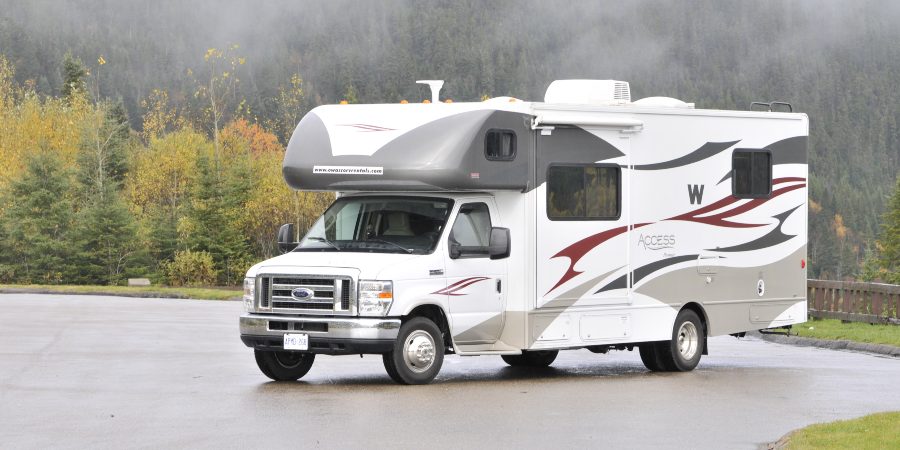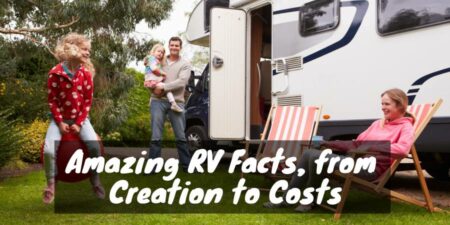Are you dreaming of hitting the open road and exploring nature? Maybe you’ve heard about motorhomes, but you’re not sure what they’re all about.
Think of motorhomes as your little home on wheels. They’re a favorite choice for people who love traveling, and they make up roughly 15% of all recreational vehicles (RVs) sold. They’re built in a wide variety of configurations, lengths, and styles to satisfy the needs and wants of RV campers.
Motorhomes are like the Swiss Army knives of travel – they combine transportation and accommodation into one versatile vehicle. So if you’re just starting your RV journey, here’s a simple guide to help you understand the basics of motorhomes.
Motorhomes 101
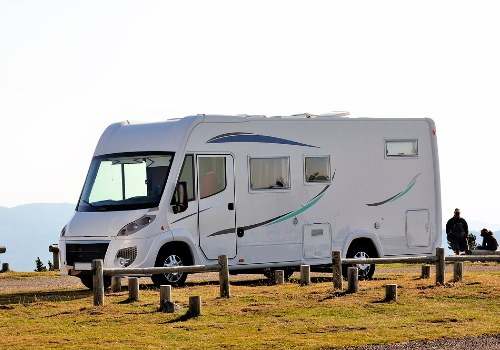
A motorhome is simply a motorized vehicle with living quarters included: motor and home. Motorhomes also are called motorized recreational vehicles or motorized RVs. Beyond that general description lies numerous configurations, referred to by “class.”
A Class A motorhome typically is 21 to 40 feet in length and sleeps up to 8, and is more spacious than others. The Class B motorhome (sometimes called a van camper) is 16 to 22 feet in length and sleeps up to 4, and is nimble, able to get into smaller campsites than other RVs.
A Class C motorhome is 21 to 35 feet in length and sleeps up to 6, and is a compromise in spaciousness and drivability. Class A and C sometimes have slide-out units that expand interior living space.
A truck camper is 8 to 20 feet in length and sleeps up to 4. A truck camper is a hybrid, a combination of a living compartment (the camper) mounted on a motorized vehicle (pickup truck).
It offers some of the advantages of a motorhome and some of a travel trailer in that the living space can be separated from the vehicle and left at the campsite.
Choose A Motorhome
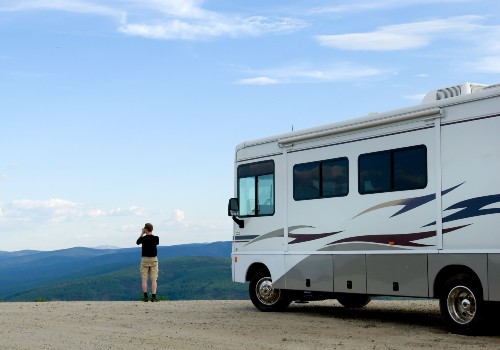
All motorhomes have similar features: a driving/passenger area, kitchen, bathroom, sleeping area, and storage.
Given that the largest Class A with slides can have five times as much square footage as the smallest Class C, the difference is in the details — and your camping needs.
To choose the best motorhome, ask:
- How many people and pets will be traveling and camping in the RV?
- How long will the camping trips be (days and miles per year)?
- Where will the trips be (city, mountains, snow, desert, rural)?
- New or used (used offers dramatic savings, but more maintenance and repair issues)?
- What type of bathroom (a “wet bath” with a toilet below the shower or a full bath with a separate shower, toilet, sink, and storage)?
- Where will you store the motorhome (at home is cheaper and more convenient)?
- Will you camp at commercial campgrounds, basic public campgrounds, or dry camp/boondock (dry camping requires solar or generator electricity and a larger water system)?
- What services will you need while camping (water, electricity, propane), and how will you get them (onboard tanks, plug-in electricity, generator, solar)?
- What is your RV camping budget?
Motorhome Tips
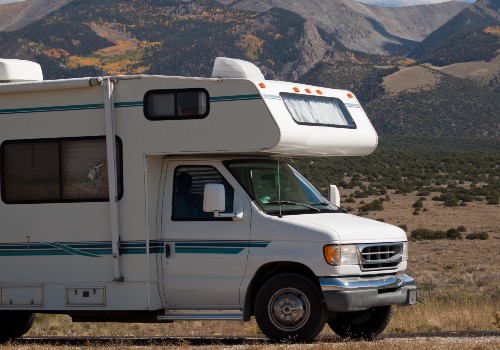
- Class A motorhomes are most popular with larger families who need the space for longer trips. They also are popular with full-time RV couples.
- Class B motorhomes are most popular with couples, sometimes with small pets. They are preferred for travelers who want to drive smaller RVs.
- Class C motorhomes are a compromise offering medium-sized families or extended-stay vacations both space and agility.
- Many motorhome owners also pull a towable car (typically with manual transmission) or a trailered car to drive around at destinations.
- Motorhomes also can tow a boat, an enclosed trailer, or even a small travel trailer (depending on GVWR) for additional fun or living space.
- Make sure the motor in your motorized RV is strong and will meet your travel needs. A motorhome without a motor is a travel trailer.
RV Living Full Time in Our Class A Motorhome (Video)
Related Questions
1. What is the sleeping capacity of different types of motorhomes?
The sleeping capacity varies with the type of motorhome. A Class A motorhome can sleep up to 8 people, a Class B motorhome and a truck camper can sleep up to 4 people each, and a Class C motorhome can sleep up to 6 people.
2. What is a “wet bath” in the context of a motorhome?
Want to Connect With a Community of Over 1,078 RV Enthusiasts?
A “wet bath” in a motorhome refers to a type of bathroom where the toilet is positioned under the shower. This contrasts with a full bath, which has a separate shower, toilet, sink, and storage.
3. What is the difference between a motorhome and a travel trailer?
A motorhome is a motorized vehicle with built-in living quarters, while a travel trailer is a non-motorized unit that must be towed by another vehicle. Unlike travel trailers, motorhomes can be driven on their own and usually offer more amenities.
4. What is a truck camper?
A truck camper is a type of motorhome that combines a living compartment (the camper) with a motorized vehicle, typically a pickup truck. It offers some advantages of both motorhomes and travel trailers, as the living space can be detached from the vehicle and left at the campsite.
5. What are some considerations when choosing a motorhome?
Some considerations when choosing a motorhome include the number of people and pets traveling, the length and location of the trips, whether to buy new or used, the type of bathroom, storage options, camping site preferences, required services while camping, and your overall camping budget.
"Man cannot discover new oceans unless he has the courage to lose sight of the shore."
-- Andre Gide

